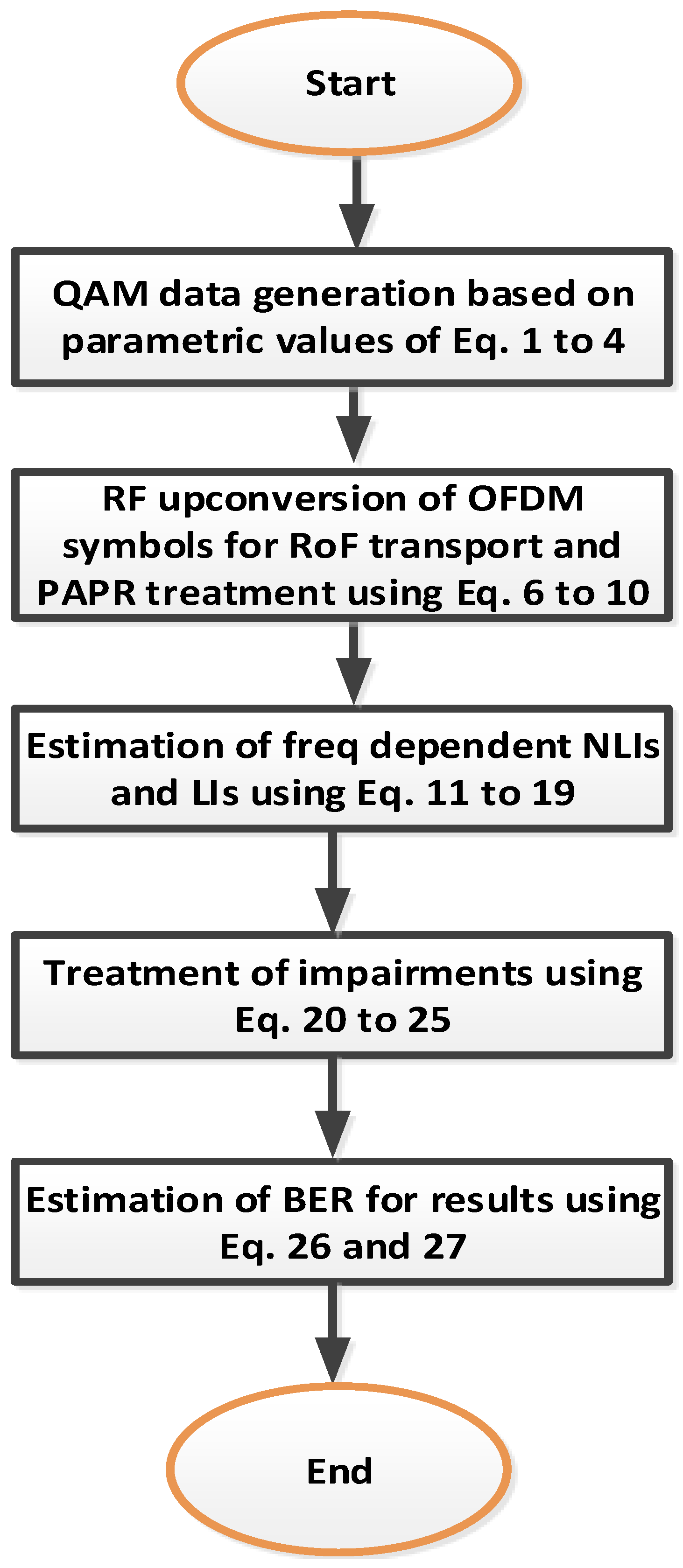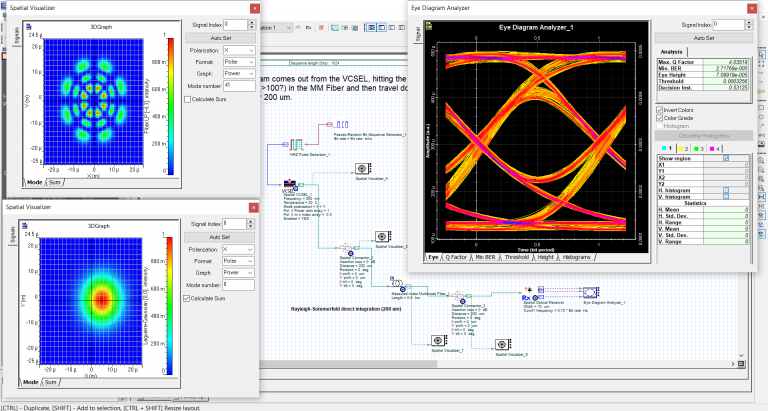

- #HOW TO READ NUMERICAL VALUES ON OPTISYSTEM CODE#
- #HOW TO READ NUMERICAL VALUES ON OPTISYSTEM WINDOWS#

How many correct decimal digits did each method produce? Which method was the most accurate? Compare the exact value of obtained in Part II to the three numerical approximations obtained in Part I. Type or write your answer to this part and submit it with your project. Find the exact solution to the Initial Value Problem and use it to determine the exact value of.

See “Project Requirements” below for more details. Private Sub Form1_Load(sender As Object, e As EventArgs) Handles MyBase.LoadĪnalise.Part I: Use technology (see “Technology Options” below) to approximate the solution to the Initial Value Problem using Euler’s Method, the Improved Euler’s Method, and the Runge-Kutta Method, each with a step size. In the constructor I call the sub Public Sub New()Īnd in the form load I call the procedure to populate the datagrid Dim Analise As New Analisar() Rows.Add("Firewall_Redes/Publicas", Me.FireWallRedesPublicasConvidadas) Rows.Add("Firewall_Redes/Privadas", Me.FirewallRedesPrivadas) Rows.Add("Firewall_Redes/Domínio", Me.FirewallRedesDominio)

Rows.Add("Pasta_(Moura_)", Me.PastaMoura) Rows.Add("Nome_Domínio ", Me.DominioMaquina) Rows.Add("Nome_Do_Computador ", Me.NomeMaquina) Public Sub Preencher_Grid_dgvDadosComputador(Grid As Object) PRegKey = pRegKey.OpenSubKey("SOFTWARE\Microsoft\Windows NT\CurrentVersion\NetworkList\NewNetworks")ĭim val As Object = pRegKey.GetValue("NetworkList") I left it this way: Private Sub ObterTipoDaRede()ĭim pRegKey As RegistryKey = Registry.LocalMachine
#HOW TO READ NUMERICAL VALUES ON OPTISYSTEM WINDOWS#
Then I discovered that I would not even need to have created the Is64BitApp() function because, in addition to the Environment.Is64BitOperatingSystem property I used in the code, there is also the Environment.Is64BitProcess property:Īfter this question the user jnmoura did another, which I also answered, which complements a bit this, so I will leave here as a reference:Īccess 64-bit key in Windows Registry through 32-bit application The only thing that did not work was the display of the returned value in a MsgBox, as you did, because since this value is of type REG_MULTI_SZ, the returned type was String(). I ran Visual Studio as an administrator and it finally worked. I tried again to access the registry key and this time it was found, but then it started to give the Requested registry access is not allowed exception, because I was trying to access HKEY_LOCAL_MACHINE with an ordinary user. I unchecked this option and then the application started to run as 64-bit. It was then that I noticed the Prefer 32-bit option, just below the Target CPU option in Project properties > Compile, which was already checked when I created the project. I then confirmed that the OS was 64-bit, but the application was not, although the Target CPU of my project was marked as An圜PU.
#HOW TO READ NUMERICAL VALUES ON OPTISYSTEM CODE#
(The code for the function Is64BitApp() I found here ) To be sure, I put two labels on the Form to check for two things, if the operating system was 64-bit and if the application was 64-bit: Private Sub Form1_Load(sender As Object, e As EventArgs) Handles Me.Load My Windows is 64-bit, so I soon figured the program was running in 32-bit. I then ran Sysinternals' Process Monitor, filtering only Registry and found that the program was actually trying to access this key (note the subkey that was added): HKEY_LOCAL_MACHINE\SOFTWARE\WOW6432Node\Microsoft\Windows NT\CurrentVersion\NetworkList\NewNetworks. "SOFTWARE\Microsoft\Windows NT\CurrentVersion\NetworkList\NewNetworks")ĭim value = regKey.GetValue("NetworkList")īut it gave error in the second line, saying that the variable regKey contained no value (exception Object reference not set to an instance of an object ). I tried to use the same code and also did not return any value, although the key exists in the Registry of Windows.


 0 kommentar(er)
0 kommentar(er)
